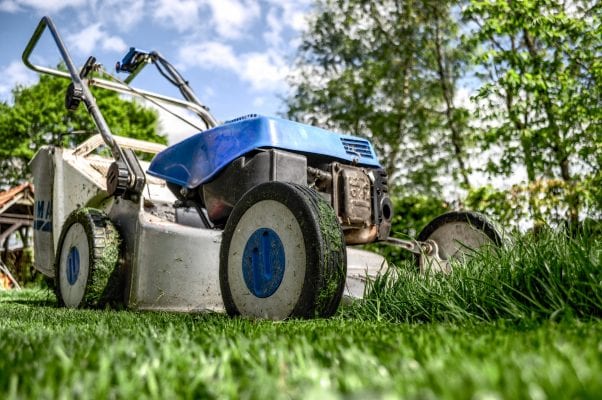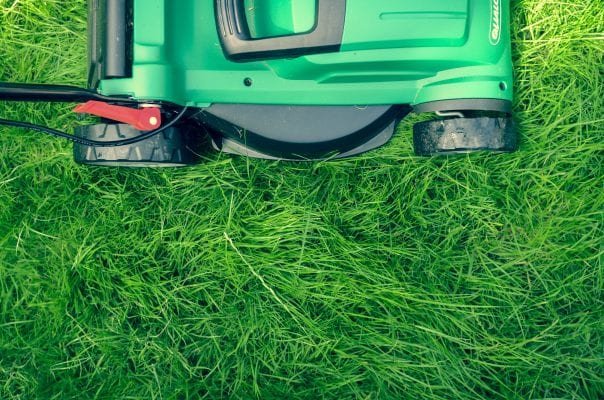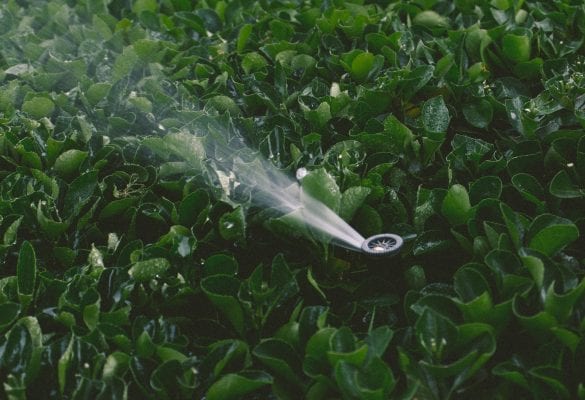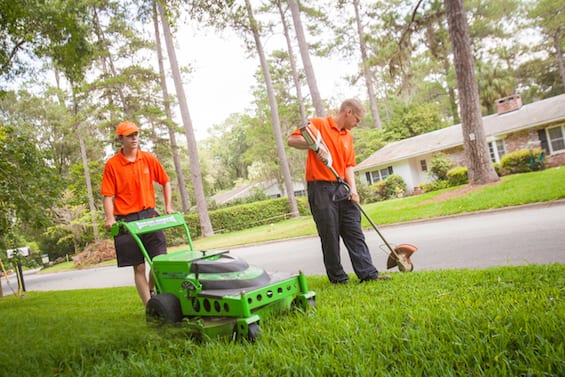So, you bought your first home.
Congratulations! Being a first time homeowner is exciting and it comes with a lot of hard work. For many first-timers, the yard is often the most overlooked part of a house. We worry about the important things: Structure, electricity, plumbing, etc. But we forget that the lawn is just as important, as it’s the first thing people will notice when stopping by.
But how do you keep your curb appeal looking as good as when you first saw your new home? Here are some tips:
Get to Know Your Grass

Your grass might be looking bright and lush, but if it doesn’t grow well where you live, it won’t be long before it’s looking dull. As a new homeowner, before you start digging into your lawn, it’s important to know what type of grass you have. Having the right type of grass not only makes your lawn look better, but it also makes it easier to take care of.
If you’re looking to put some fresh turf on your new lawn, here’s what we suggest:
If you live down south, such as here in Florida, the best types are St. Augustinegrass, Bahaiagrass, Bermudagrass and Zoysiagrass. If you live up north, Perennial Ryegrass and Kentucky Bluegrass are better options. Planting the right type of grass will ensure that your lawn stays healthy and looks its best year-round.
Invest in Good Equipment

Having the right tools makes getting anything done so much easier. A good arsenal is essential, especially when it comes to your lawn. If you’re a new homeowner, buying your first home might also mean buying your first lawn mower. But which one should you get?
Depending on the size of your lawn and budget, you may consider various options, such as a push reel, a walk behind push mower or even a riding mower. Another thing to consider is whether you want to go gas or electric. It all depends on your personal preference and how much work you want to do.
Here at Sun Power Lawn Care, we use electric equipment. They’re much quieter, less heavy than gas equipment and they require less maintenance. No fuel means no oil changes or tuning up. But the best part is that they release zero emissions, which can help reduce your carbon footprint on the planet.
One thing to keep in mind: electric mowers are better suited for smaller yards. If you have more than approximately 1/3 an acre, an electric mower may not be best unless you purchase a spare battery.
Thinking about going electric? Here are some of favorites:
-
Greenworks G-MAX 19 in. 40-Volt Lithium-Ion Cordless Battery Walk Behind Push Lawn Mower
-
Greenworks 80-volt Max Brushless Lithium Ion 21 in. Push Cordless Electric Lawn Mower
-
Greenworks Pro 60-volt Brushless Lithium Ion 21-in Self-Propelled Cordless Electric Lawn Mower (Battery Included)
With any mower, whether it’s electric or gas-powered, make sure your blades are sharpened. This ensures a better cut and not only encourages good lawn health, but also puts less stress on your equipment. If you’re planning on mowing your lawn weekly, it’s best to sharpen your blades in the middle of the season (roughly July) and when you do your annual tune up on your equipment. That way you’ll always have sharp blades and a clean cut.
If electric just isn’t for you, we also recommend:
-
21 in. NeXite Variable Speed 4-in-1 Gas Walk Behind Self-Propelled Mower with Select Drive Control
-
21 in. 3-in-1 Variable Speed Gas Walk Behind Self-Propelled Lawn Mower with Auto Choke
-
21 in. 196cc 4 Stroke Loncin Engine Gas Steel Deck Residential Walk Behind Self Propelled Mower
Learn How to Mow Correctly

Mowing your lawn isn’t just firing up your mower and giving your grass a good chop. Cutting your lawn properly helps your grass stay lush longer, by helping keep weeds under control and keeping pests away.
It’s important to know how to mow your lawn based on your grass type. Typically, warmer weather grasses, such as St. Augustinegrass, Bahiagrass, Bermudagrass and Zoysiagrass should not be cut to less than 3.5”-6” in height. For cooler weather grasses, such as Kentucky Bluegrass and Perennial Ryegrass, 2.5” is best.
Ensure you’re cutting your grass properly by checking the height of your mower blade. An incorrectly adjusted blade can result in “scalping,” where the grass is cut down to the stem, which can cause your lawn to turn brown.
Pull Your Weeds

Weeding your lawn can be tiring, but if you want it looking it’s best, it should be done often. While there are many options for getting rid of them, hand-weeding is best. Hand-weeding allows you to pull out the whole plant, including the root, which helps prevent spreading.
If weeds are a big problem, you may want to consider using herbicides. There are plenty of organic, natural and non-chemical options available that are safe for children, pets and the environment.
Don’t Forget to Hydrate

Watering your grass is just as important as keeping it trimmed. Be sure you’re watering your grass appropriately based on its type. The most common mistake homeowners make is overwatering, which encourages weed growth and can cause yellowing.
Generally, grass will need about 1”-11/2” of water a week, but this may vary based on what kind of grass you have.
The same way you should invest in good lawn equipment, you should also invest in a good sprinkler system.
The downfall to sprinkler systems is that a new installation can be expensive. They’re not always a necessity, however, it just depends on your lawn. Some lawns do great without them and some do terrible.
If your new home comes with a pre-installed system, run it regularly. Sprinkler systems are like cars and need to be used to ensure they stay working properly. If you have automatic sprinklers, be sure to run them on the correct day (especially if your city has mandates). A good investment is also a rain sensor, which automatically turns off your sprinkler system when it rains (and is also required in some regions, such as here in Alachua County.)
Go the Professional Route

Lawn care isn’t for everyone. If you don’t think you’re cut out for it, consider hiring a lawn maintenance company. Typical prices for monthly services range from around $140 to $250, depending on what you’re looking to have done. When looking for lawn service, be sure to ask if they require contracts or if they are licensed and insured.
If you hire a service, you won’t need to purchase, maintain or store equipment anywhere. You can focus on renovating the interior or just relaxing in your new home.
Prices for monthly service depend on the size of your property and makeup of your landscape, such as if you have hedges, how much needs to be mowed, if there’s mulch, etc.

